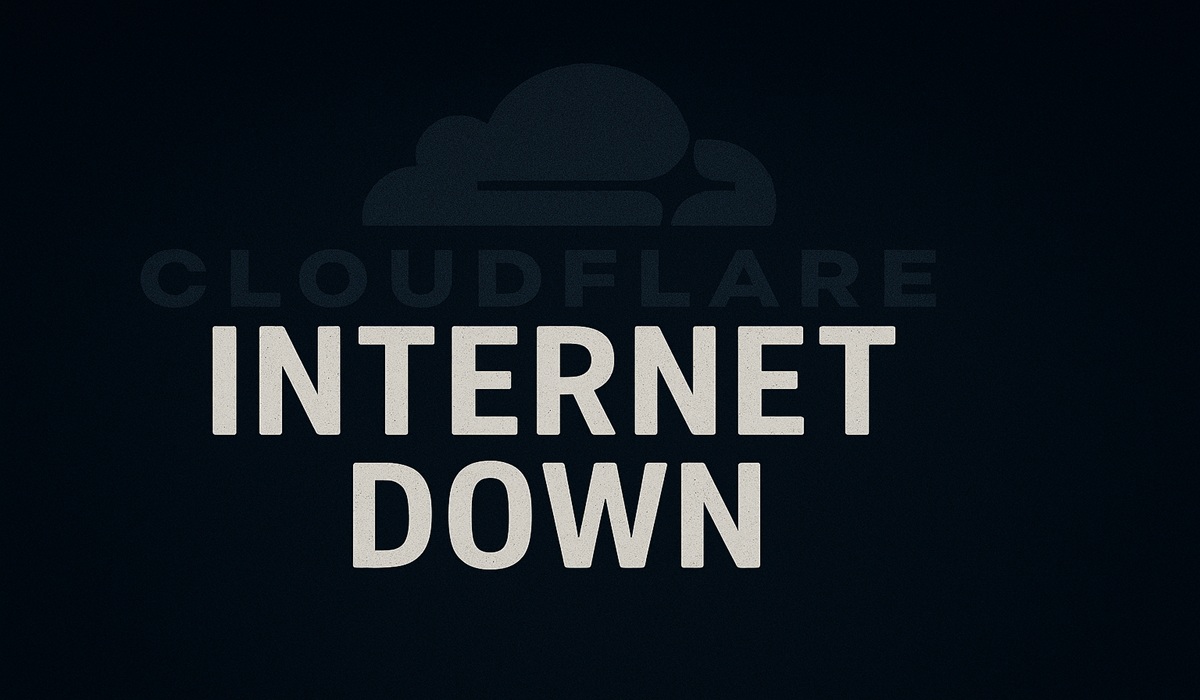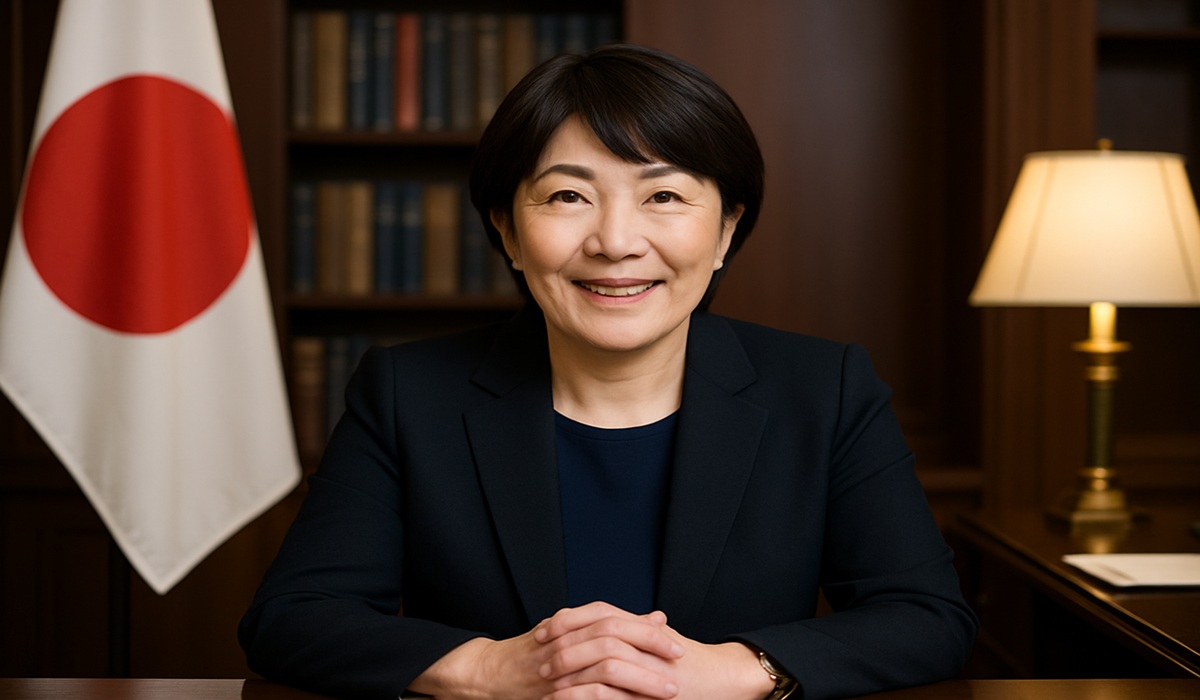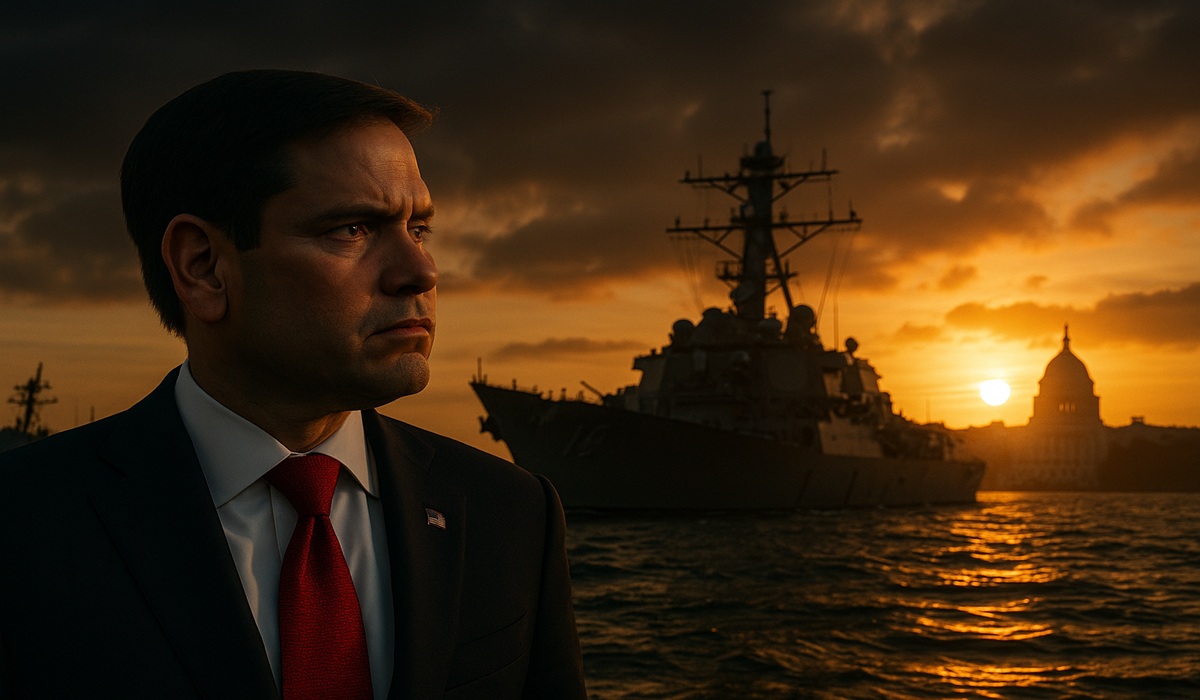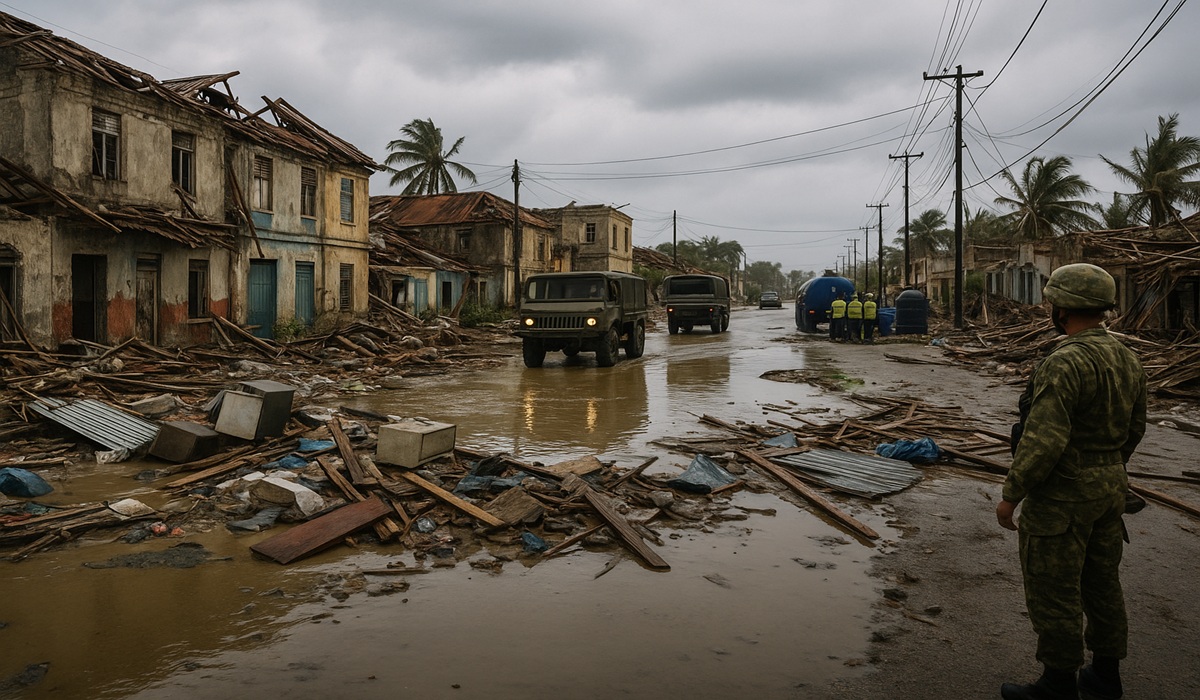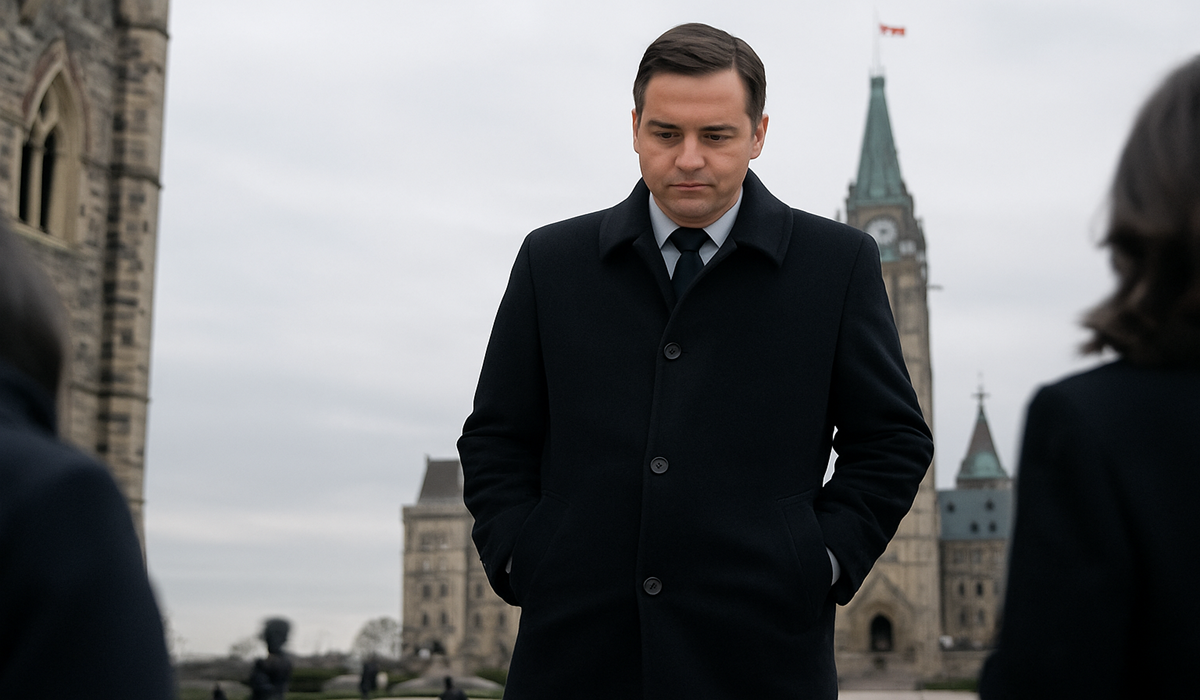Alaska at the Fault Line: What Trump–Putin Talks Put on the Line Today
- TDS News
- Breaking News
- August 15, 2025
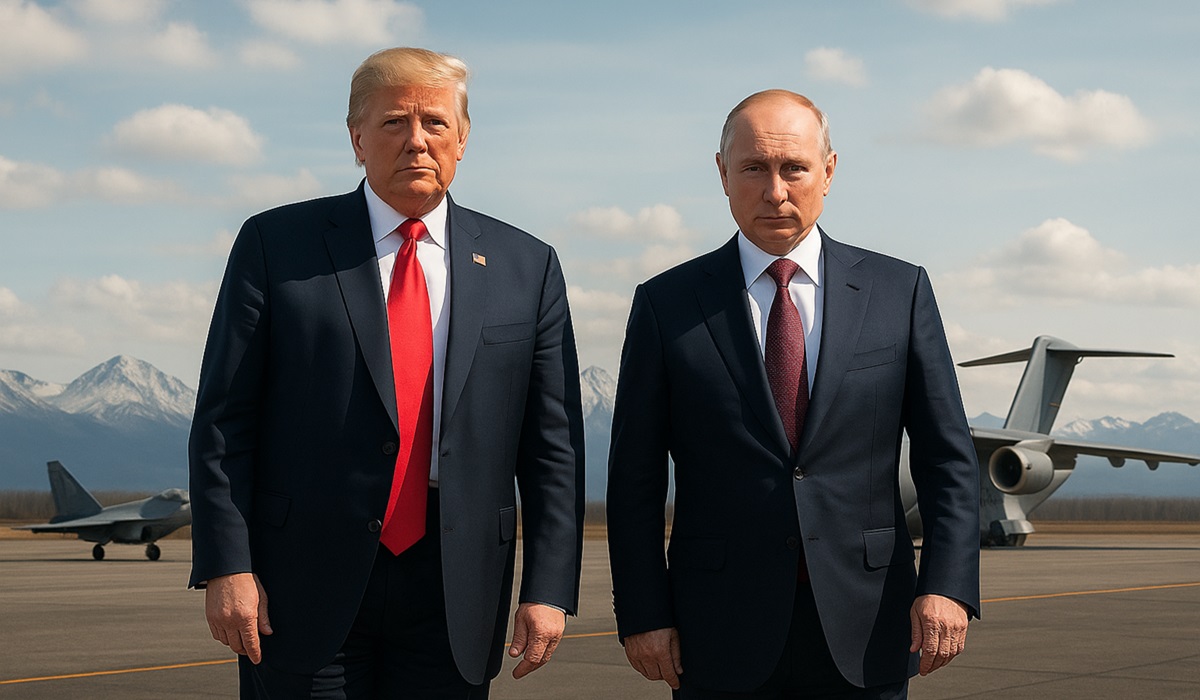
Under the Pale Midnight Sun near the Bering Sea, two leaders meet amid the glare of global expectations. President Donald Trump’s face-off with President Vladimir Putin in Anchorage today is more than a high-profile photo op—it’s a fulcrum for the future of global stability. The stakes are uncommonly high: arms control, the future of European security, the impartiality of international law, global food and energy supplies, and, above all, the survival of Ukrainian sovereignty amid unrelenting conflict.
This summit stands apart in its intensity and its timing. Moscow arrives seeking to consolidate territorial gains and legitimize its actions through a face-saving arrangement; Washington claims it will not settle the war for Ukraine, yet carries the weight of allied expectations and domestic pressures. A superficial truce might morph into an enforced partition, a façade of peace that masks far-reaching geopolitical shifts.
For Ukraine, the consequences are decisive. A ceasefire that entrenches current frontlines could allow Russia to fortify and regroup, turning temporary pause into permanent border. A genuine breakthrough would hinge on enforcement mechanisms: verifiable withdrawals, impartial monitors, sanctions that snap back if obligations are breached, and transparent sequencing to prevent exploitation. Without clarity on who watches the clock, who enforces the rules, and what constitutes a breach, even a signed agreement could unravel before ink dries.
Europe watches carefully, its unity tested. Nations bordering Russia demand unwavering support for Ukraine—not symbolic gestures, but real defense capacity, resilient supply chains, and long-term commitments. Others, fatigued by endless headlines and resource strain, quietly wonder if a stable peace—even if uneasy—is preferable to indefinite conflict. If the United States appears to shift the window of decision onto Kyiv, cracks in the alliance could deepen; if instead the summit reinforces Europe’s deterrent capabilities alongside diplomatic overtures, allied resolve could emerge stronger.
The fragile architecture of arms control also hangs in the balance. With previous treaties quietly expired or marginalized, any new arrangement—even a modest one—would represent progress: mutual notifications of certain missile or drone movements near sensitive zones, renewed communication channels to reduce misunderstanding risks, or limited restraints on strategic systems. A breakdown here would risk sending both sides into arms races that shorten response times and magnify the chances of miscalculation.
Global energy and food markets—the world’s invisible arteries—are part of this negotiation’s silent backdrop. Disruption of maritime routes and port operations continues to reverberate across markets. A safeguarded grain corridor, enforced by neutral observers and backed by clear consequences for obstruction, would offer immediate relief for food security. Without it, volatile markets will keep feeding crises in countries far from Anchorage.
Cyber and information security is another quiet front. Although public pledges against interference are easy to recite, they lack weight without credible enforcement. A more meaningful outcome would emerge from improved military de-confliction channels, agreed-upon parameters for cyber-safe zones around critical infrastructure, and join guidelines that delineate acceptable behavior in the digital and information domains.
Even the Arctic plays a subtle role in this narrative. Today’s location speaks volumes—it underscores the importance of cooperation in the far north, where new sea lanes and resource competition are emerging. Agreements on search-and-rescue coordination, navigation safety, fisheries stewardship, and incident avoidance are less glamorous than ceasefire photos—but essential to preventing accidents that could ignite broader conflicts.
Domestic politics loom large behind closed doors. President Trump arrives with the posture of a broker, hoping to deliver what past diplomatic efforts have not. If he returns with what allies perceive as concessions at Ukraine’s expense, he risks criticism from both sides of Congress and from European partners. President Putin, for his part, will seize any willingness to negotiate as validation of his designs, presenting any compromise as proof that the West accepts new realities on the ground. The optics of this meeting will echo as loudly as its formal text.
A responsible path through these negotiations would maintain Ukraine at the center, resist turfing decisions away from its representatives, and ensure that any ceasefire is backed by verification, third-party enforcement, and financial accountability. A balanced approach would match sanctions relief with proportional compliance and commitment; pairing immediate humanitarian steps with tangible long-term defense aid preserves both peace and deterrence.
This meeting is not a test of diplomacy’s idealism—it’s a trial of its discipline. A hasty accord may yield headlines, but it risks encouraging the next crisis. A measured, enforceable agreement, supported by credible deterrence and sustained oversight, has the power to save lives now without forfeiting tomorrow’s security. The runway lights in Anchorage may fade with dawn; what matters is that the outcome brings a lasting glow—not flicker—of peace.

